BYD Dolphin EV charging guide
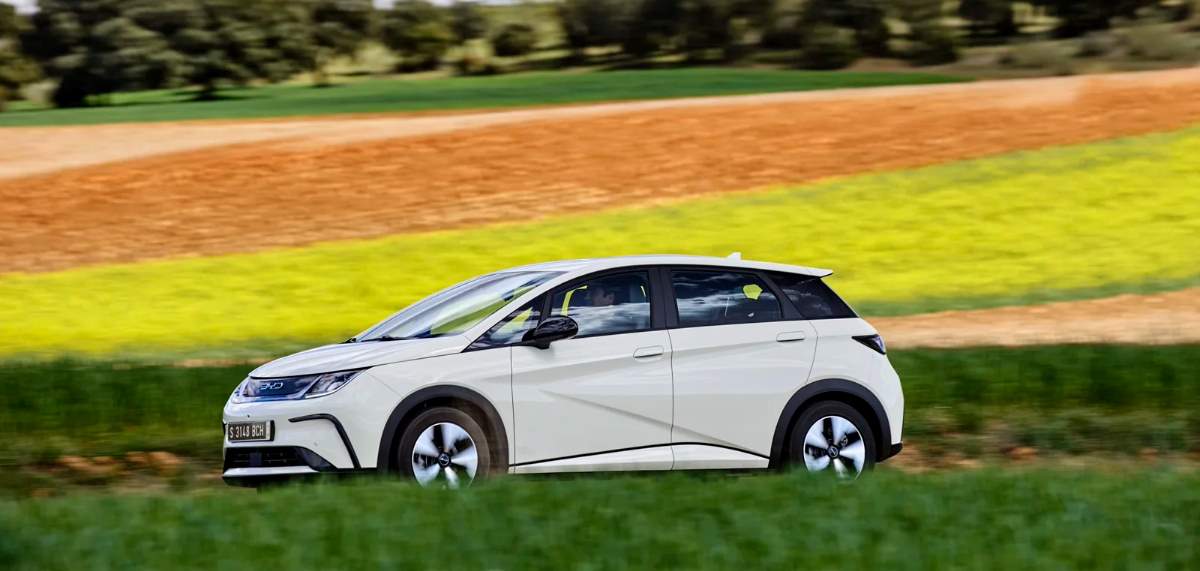
The BYD DOLPHIN is the first and smallest model in the Ocean series and the first to adopt BYD’s “Ocean Aesthetics” design concept.
The base versions of the car has a 45kWh battery that’s good for 210 miles of real world range, a 12.8-inch (rotatable) infotainment screen and vegan-leather upholstery.
The Dolphin is also equipped with VtoL (Vehicle to Load), so the car battery can easily charge external devices. The BYD DOLPHIN with the 44.9 kWh LFP Blade Battery has an estimated range (WLTP) of 211 miles for Active and 193 miles for Boost.

Official WLTP Range
- 265 miles
Real-world Range
- 210 miles
How to charge the BYD Dolphin
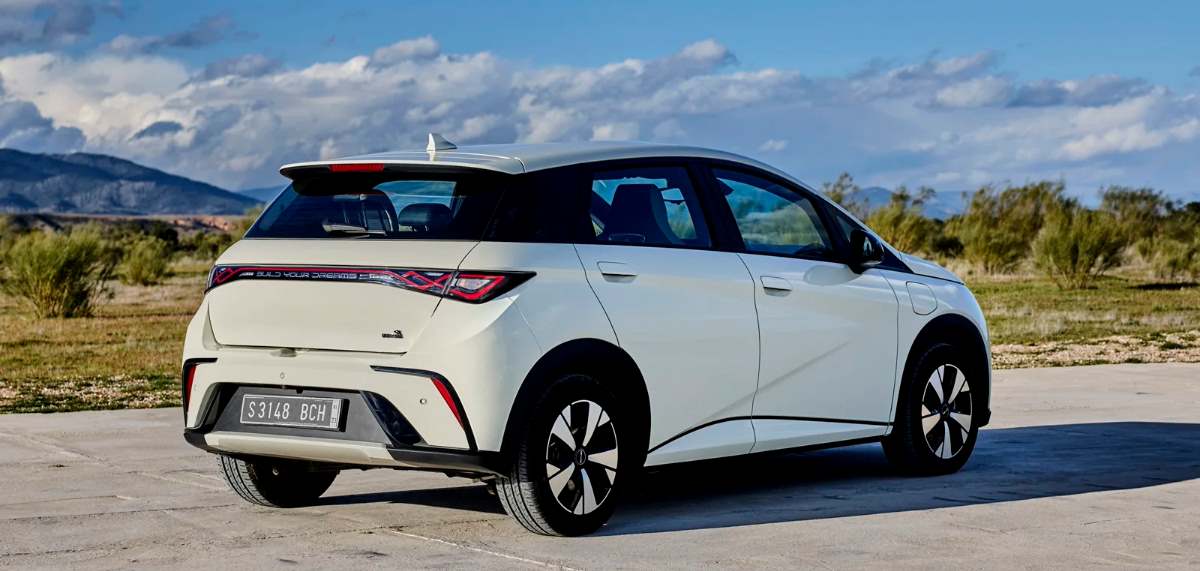
The Dolphin uses the CCS charging standard, which consists of a combined AC and DC inlet port. The top portion of the inlet is for the Type 2 connector, which is used when charging at home, or at public slow and fast AC points. Both the upper and lower sections on the inlet are used to carry high power during rapid DC charging.
The BYD Dolphin uses two charging standards for its inlets – Type 2 and CCS. The Type 2 inlet is used when charging at home or at public slow and fast AC points. The CCS inlet is used to carry high power during rapid DC charging from a CCS connector.
Charging on AC or DC requires the EV driver to plug the connectors into the correct inlet, after which the car then ‘talks’ to the charging unit to make sure there is a power supply, that there are no faults, and that it is safe to start charging. If charging at home or at a workplace charge point, the vehicle then automatically starts charging.
On a public charger, an activation process is required to initiate charging. Depending on the network provider, this may involve the use of Zap-Pay, an RFID card or a smartphone app, often linked to an account which has been set up beforehand. Contactless pay-as-you-go units are also becoming more common on newer units. Once activated, the units will conduct further connection and account checks before starting to charge the vehicle.

How long does it take to charge the BYD Dolphin
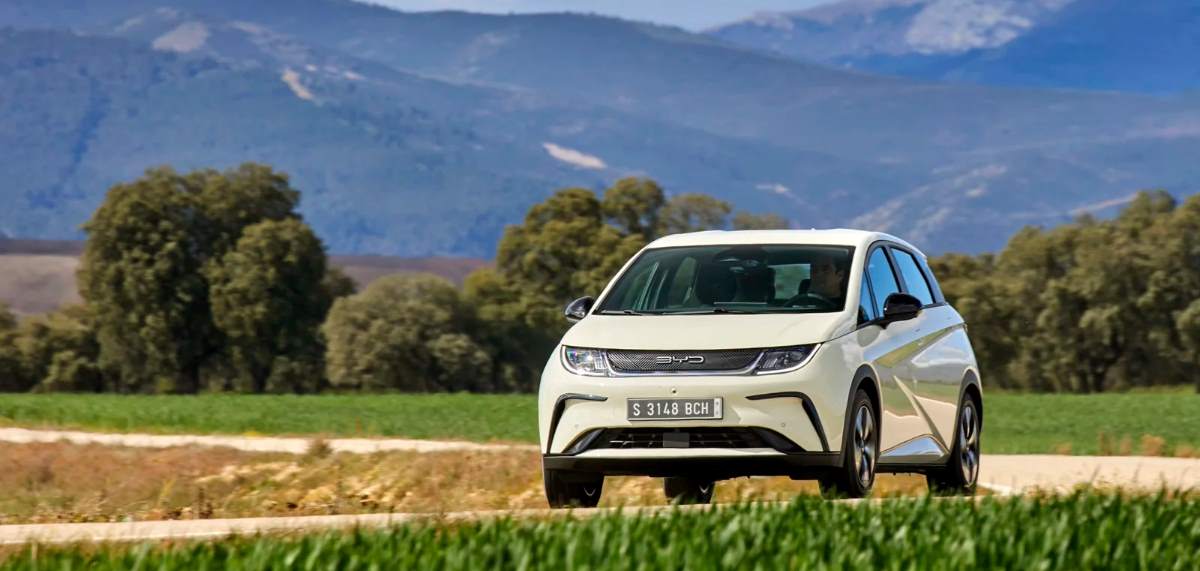
The base model BYD Dolphin is capable of charging at a maximum of 7 kW AC with its single phase onboard charger.
This means that even when connected to a fast charger with a rated output above 7 kW, the Dolphin will only be able to charge at up to 7 kW. For DC charging it is capable of charging at 65kW, meaning that you could fast charge from 30 to 80% in 28 minutes.
The following table shows approximate times to charge the BYD Dolphin. We recommend charging to 80% charge in order to protect the battery and maximise efficiency.
Note that the times shown are only a guide, as very rarely will an EV need to be fully charged from 0%. Other factors that might vary the charging time include ambient temperature, in-vehicle energy loads, any upper and lower charge restrictions to extend battery life and protect against potential damage, and charging rates slowing down as the maximum charge is reached.
| 7kW charging to 100% in hours | 22kW charging to 100% in hours | 50kW charging to 80% in hours |
|---|---|---|
| 9.6 | 6.5 | 0.8 |
Use our Home Charging Calculator to estimate charging times for the BYD Dolphin. The level of battery charge, connector power rating, and on-board charger options can be tailored to your requirements for more accurate results.
How much does it cost to charge the BYD Dolphin
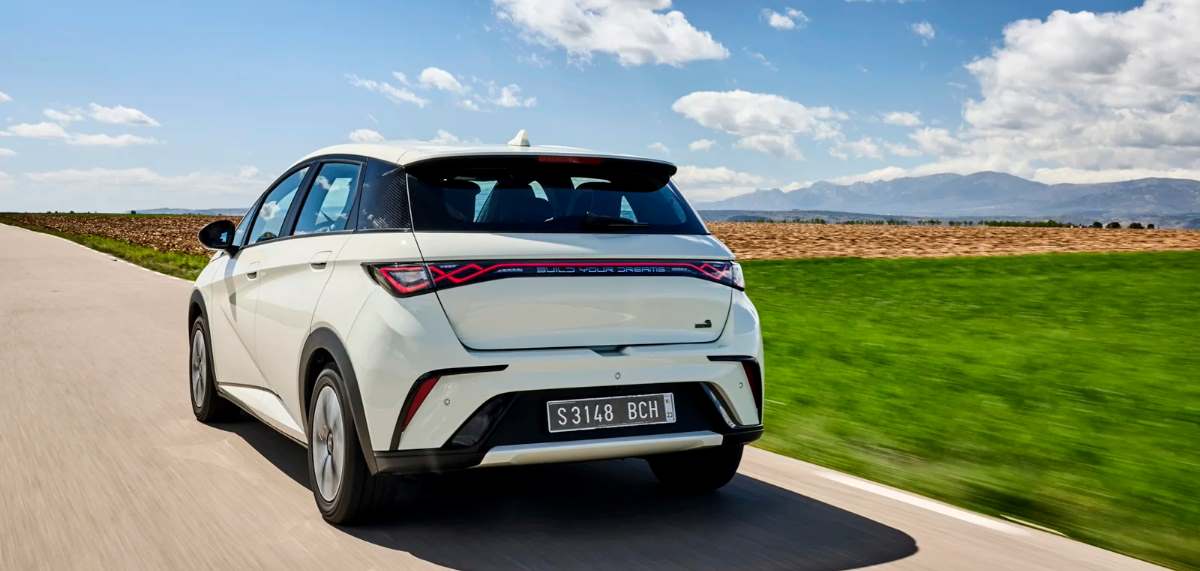
The cost to charge the BYD Dolphin is primarily driven by the cost of the electricity, which itself varies by the type of charge point and the efficiency of the motor.
Zapmap monitors the cost of charging on a monthly basis. Our charging Price Index shows the weighted average PAYG pricing, based on real charging sessions for the previous three months.
The table below shows these prices split by power rating.
| Type of charging | Price per kWh |
|---|---|
| Home charging | 8p /kWh |
| Slow/fast charging | 56p /kWh |
| Rapid/ultra-rapid charging | 80p /kWh |
In general, home charging provides the cheapest per mile cost and public rapid charging tends to be the most expensive option due to higher energy tariffs and a 20% VAT rate, compared to the 5% VAT applied to domestic electricity.
To find the cost and times to charge an EV on a public charge point, our Public Charging Calculator calculates charging costs for any new or used plug-in vehicle. The results can be personalised for different electricity costs and the level of charge required.
Charging the BYD Dolphin at home
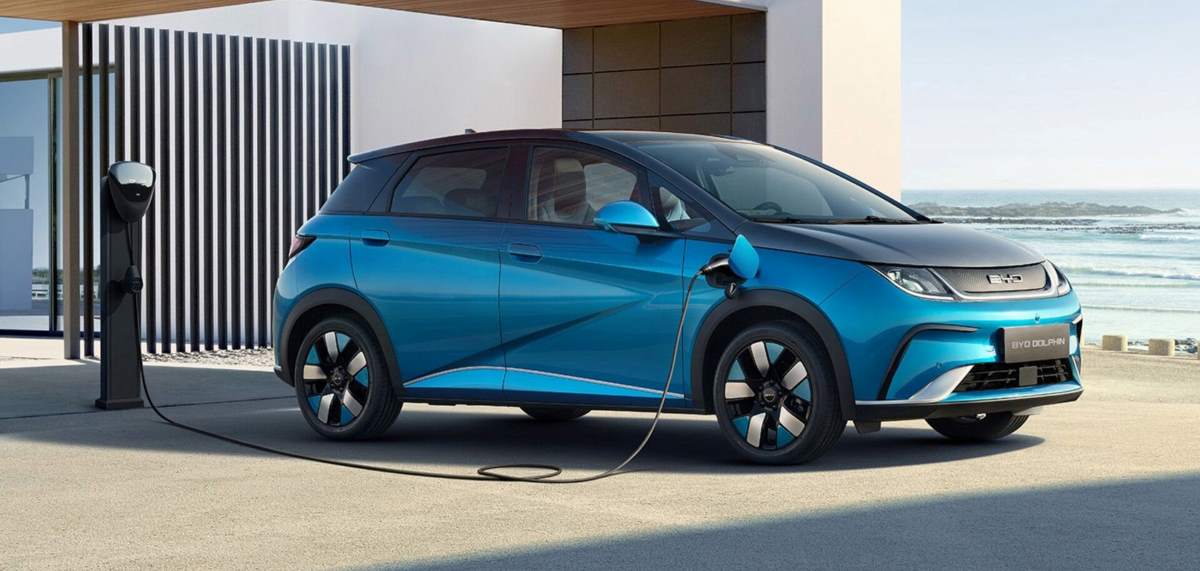
To find the cost and times to charge an EV on a public charge point, our Public Charging Calculator calculates charging costs for any new or used plug-in vehicle. The results can be personalised for different electricity costs and the level of charge required. Charging at home is often the most convenient and cost effective way to recharge an EV. Government grants are available to help accelerate the provision of EV charge points in flats and rented accommodation, and a large number of companies offer a fully installed charge point for a fixed price.
Most home chargers are either rated at 3 kW or 7 kW. The higher powered wall-mounted units normally cost more than the slower 3 kW option, but halve the time required to fully charge an EV. Many plug-in car manufacturers have deals or partnerships with charge point suppliers, and in some cases provide a free home charge point as part of a new car purchase. We recommend shopping about beforehand as there are a number of suitable products on the market.
Charging the BYD Dolphin on the public network
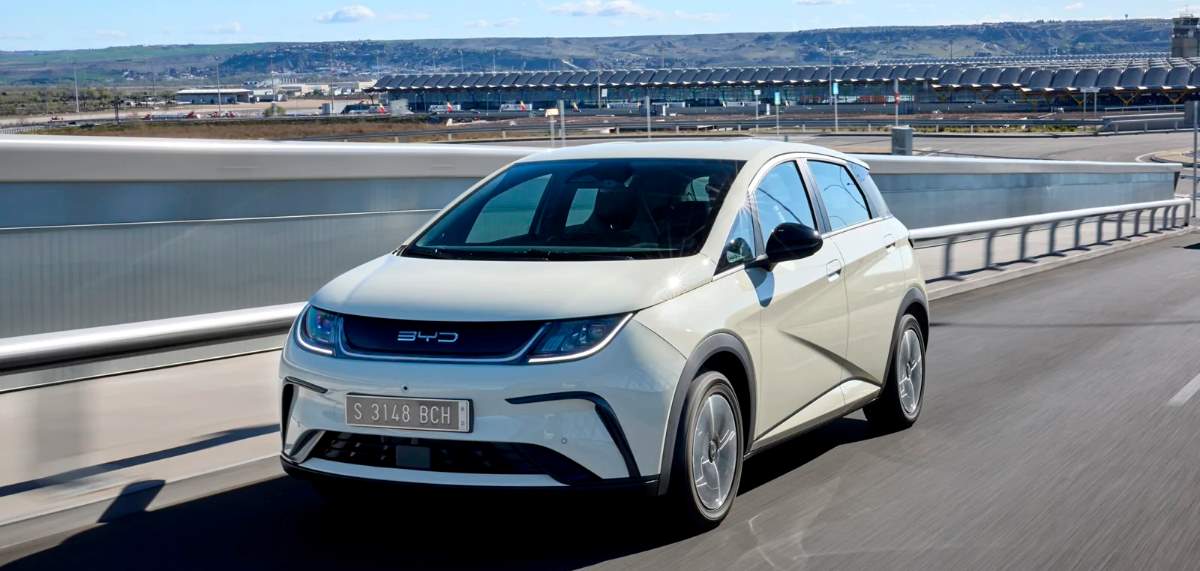
The UK has a large number of public EV charging networks, with some offering national coverage and others only found in a specific region. Major charging networks include bp pulse, GeniePoint, GRIDSERVE, InstaVolt, Pod Point and ubitricity.
Payment and access methods across networks vary, with some networks taking cross-network payment solution Zap-Pay, others providing an RFID card and others a smartphone app to use their services. While most require an account to be set up before use, many rapid units now have contactless PAYG card readers.
Although some EV charge points are free to use, the majority of chargers require payment. Charging tariffs tend to comprise a flat connection fee, a cost per charging time (pence per hour) and/or a cost per energy consumed (pence per kWh). For more information about network tariffs, visit our public charge point networks guides.